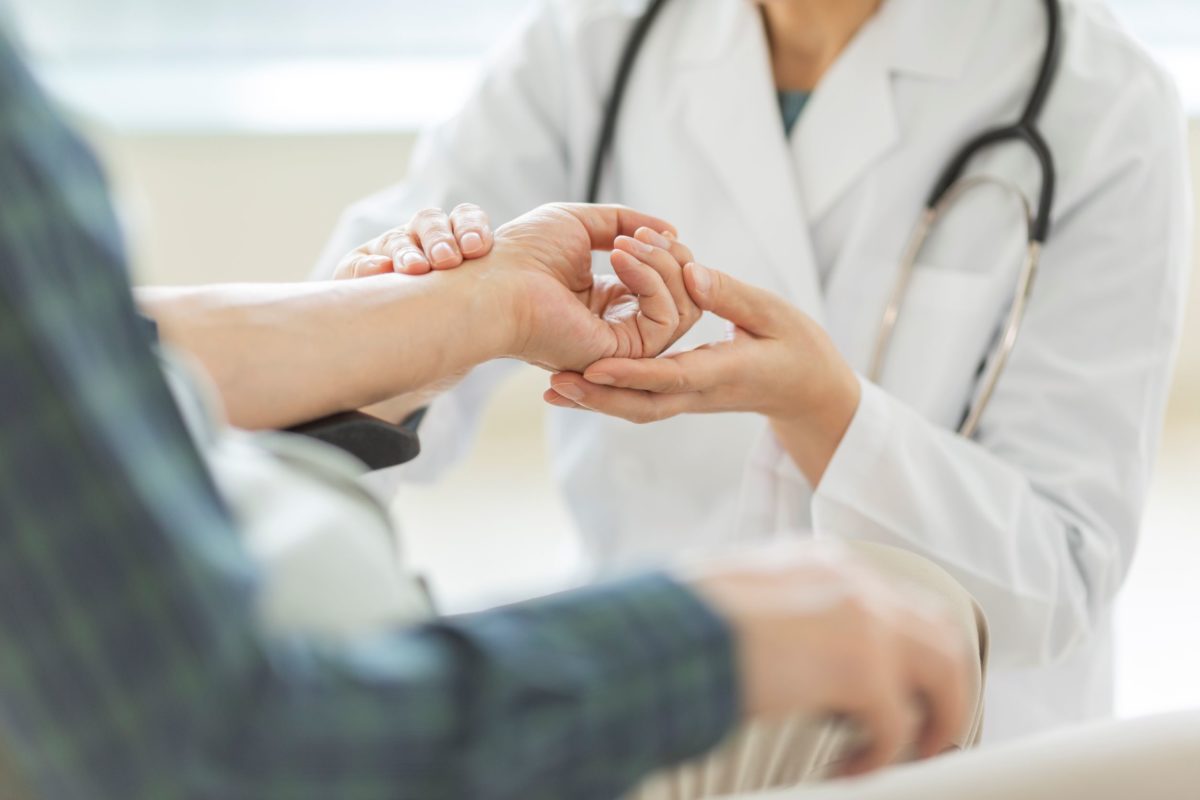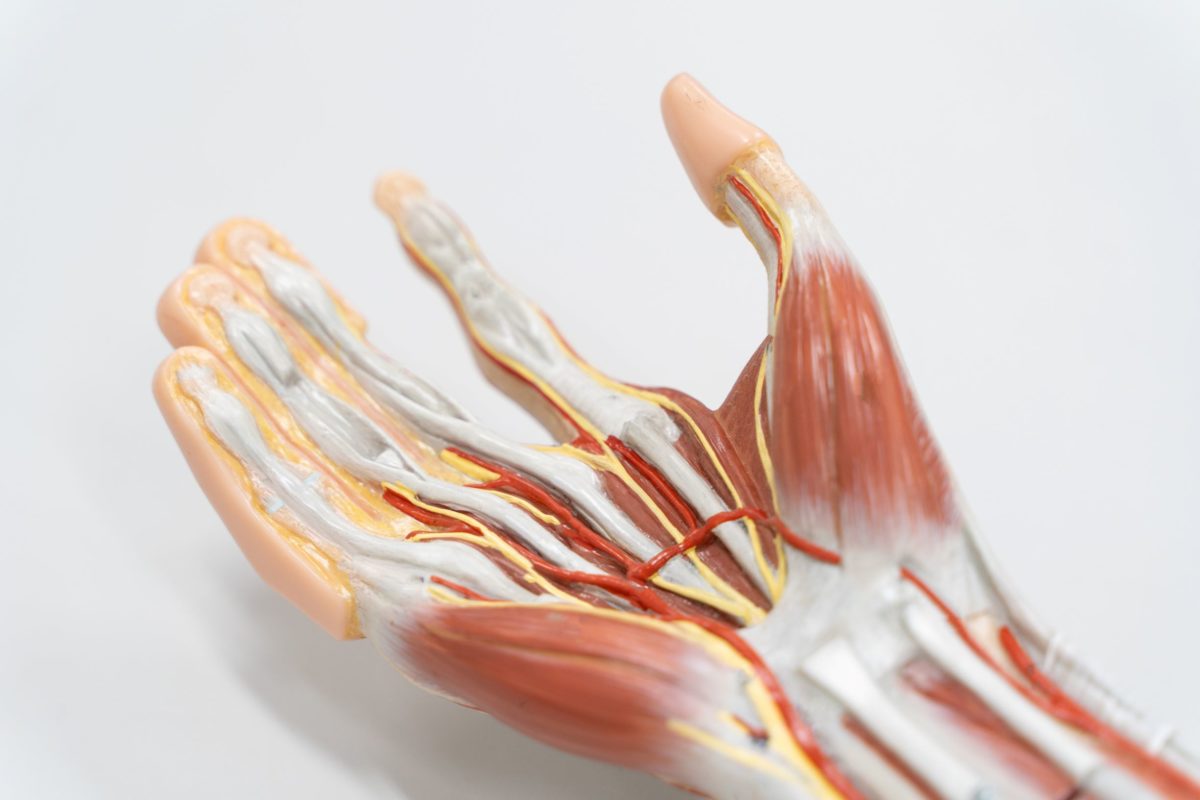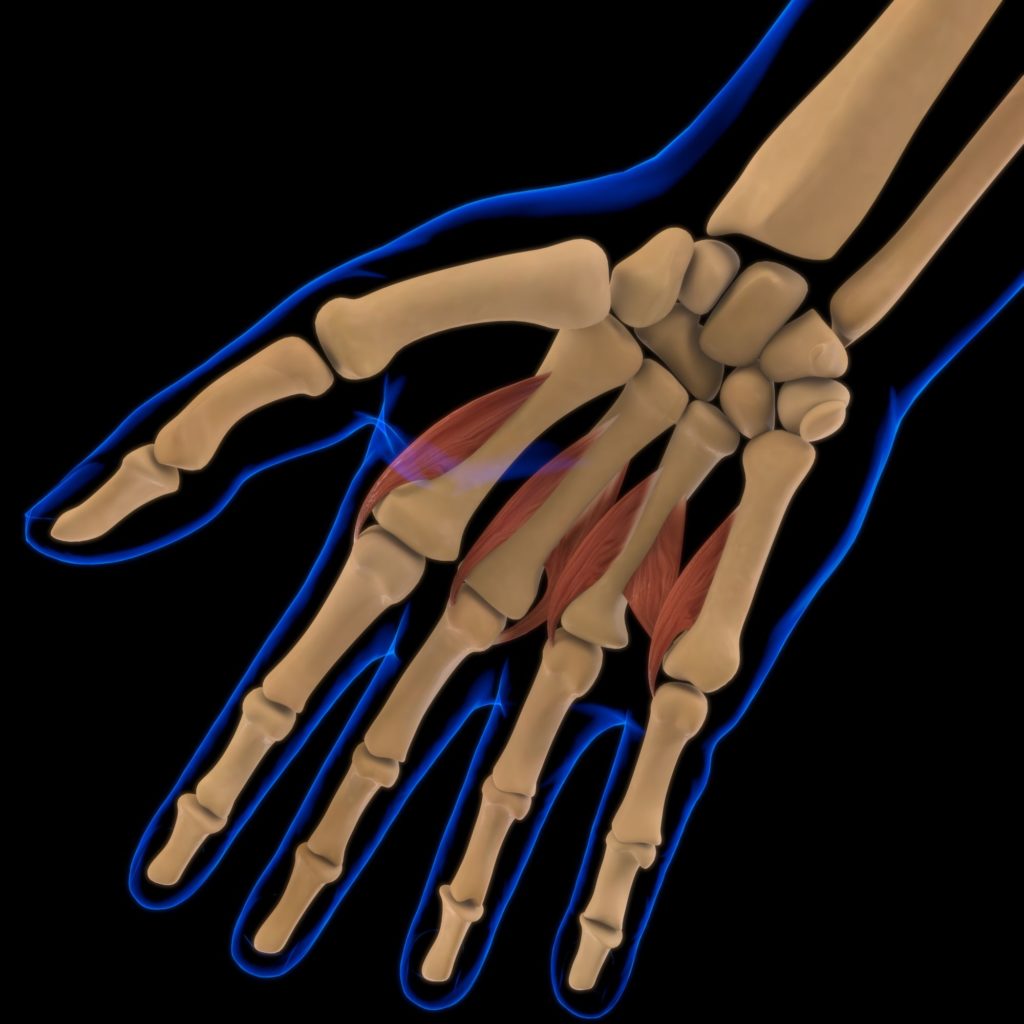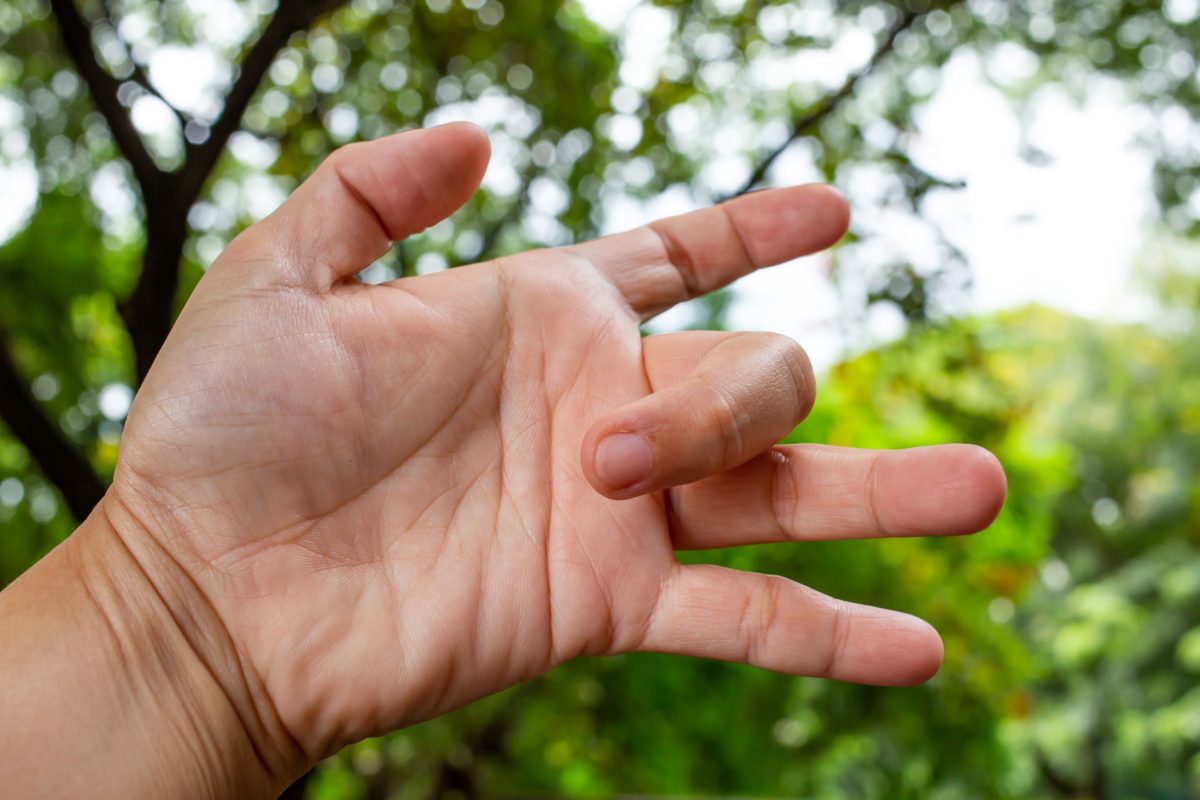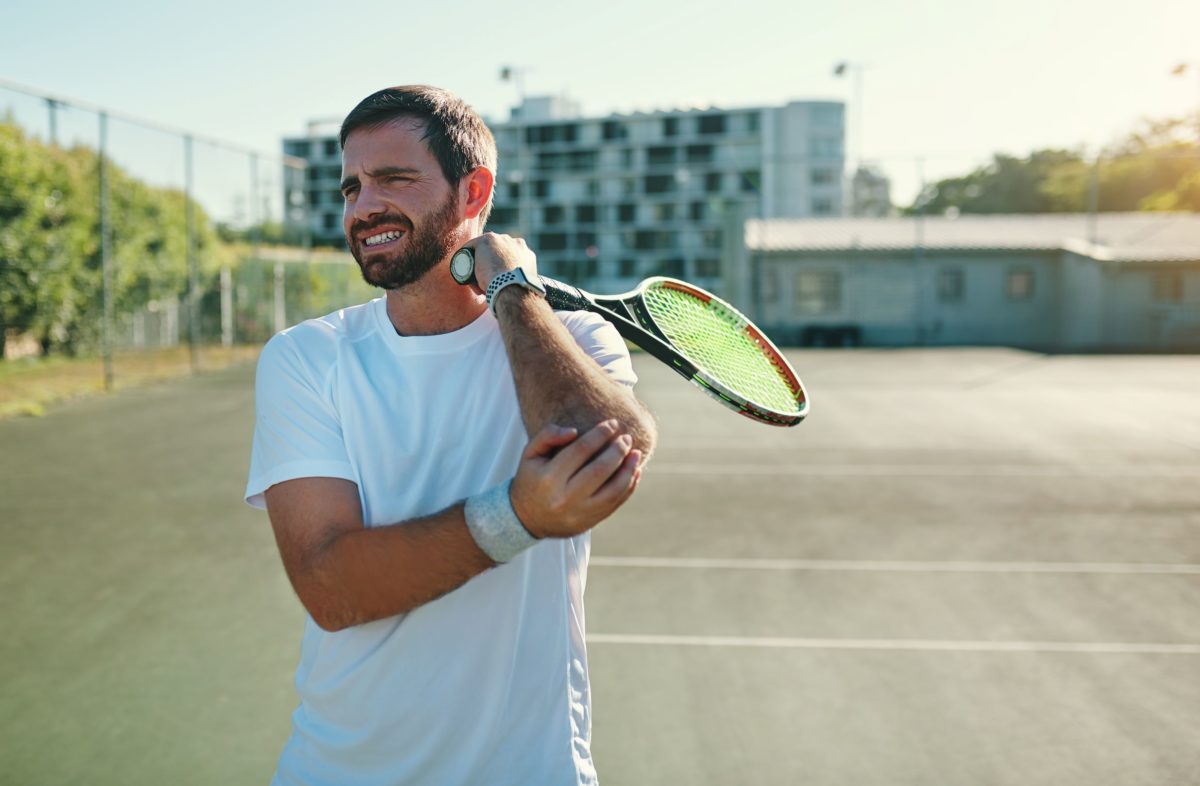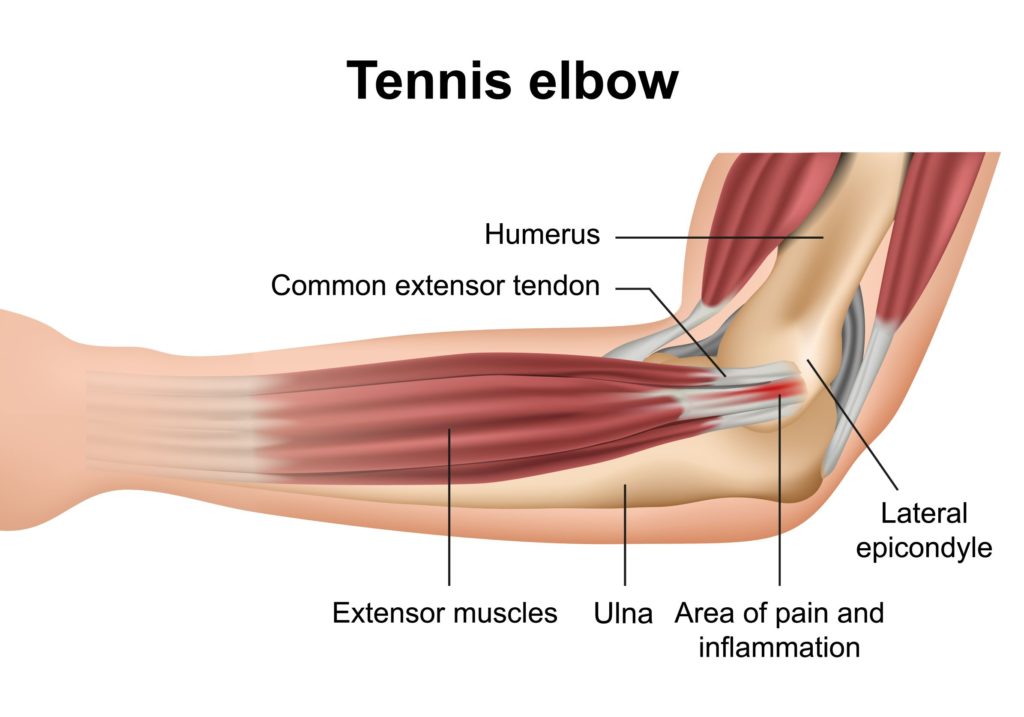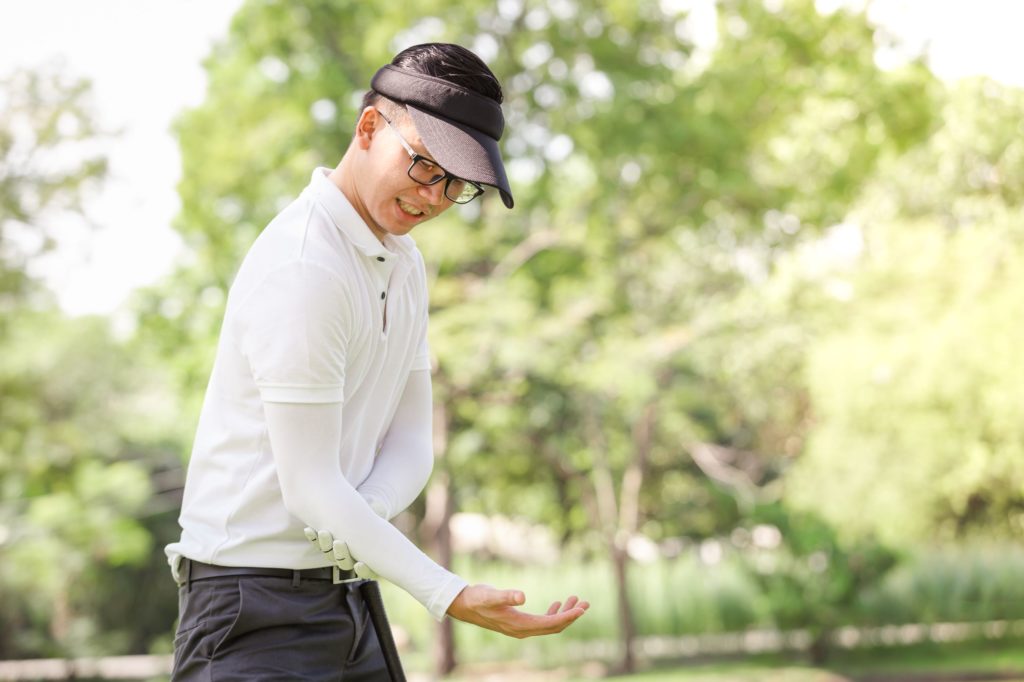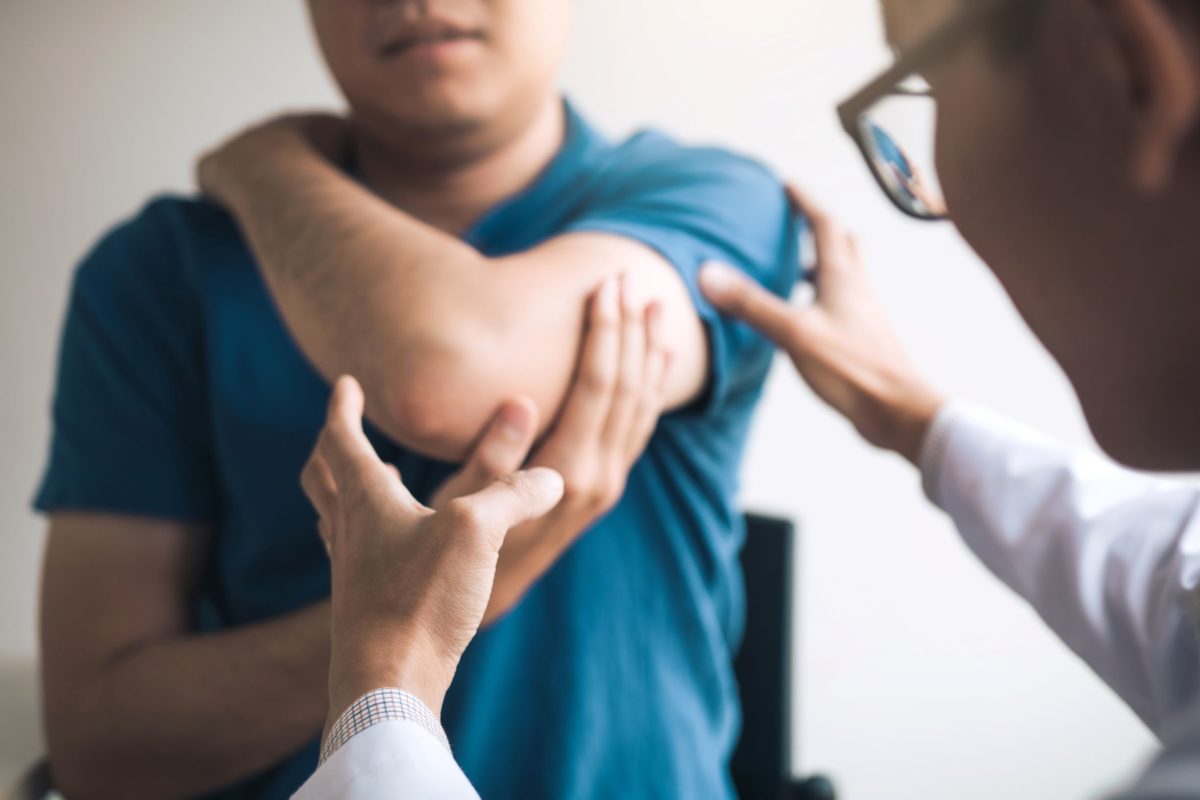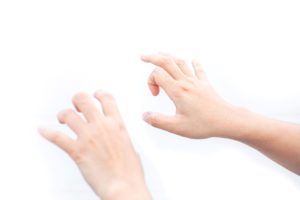In many ways, clubbed thumbs or toe thumbs are endearing. They’re short, cute, and would certainly stand out if you’re trying to hitch a ride, so you can leave all those “plain-thumbed” hitchhikers in the dust.
Even though there’s medically nothing wrong with having stubbed thumbs, some of their owners often feel somewhat self-conscious about them.
Truly, there’s no need to feel that way. In fact, Dr. Arora would not advise or perform any type of surgery for clubbed thumbs in 99.99% of the cases he has seen.
However, if you are having trouble gripping or writing or have associated hand conditions, surgery for clubbed thumbs may be possible albeit risky.
Facts About Clubbed Thumb Surgery
Before we get into the basic facts about clubbed thumb surgery, let’s define what a clubbed thumb is.
Also known as a “toe thumb” or “stub thumb,” a clubbed thumb is more formally identified as a Brachydactyly type D skeletal variation. It may also be called “Brachymegalodactylism” . . . such a big word for such a little thumb, right?
Speaking of “little,” a clubbed thumb is simply about 2/3 the size of a longer thumb. The nail bed may be shorter and wider as well. Stub thumbs are genetic, just like the color of someone’s eyes or hair.
There is no simple surgical solution for clubbed thumbs. Risks include scarring, loss of sensation, and abnormal nail growth.
Surgery options for this type of brachydactyly are not formalized in any way in the United States. Some treatments may be completed in other countries, but they are not typical for the U.S.
The primary type of surgery for clubbed thumbs is an osteotomy. During an osteotomy, the bone is cut, and a bone grafting material is used to reshape the thumb, making it longer and narrower as needed.
However, your hand is a complex system. If you were born with clubbed thumbs, they most likely function optimally with the rest of your hand, just like a well-oiled machine. Narrowing the thumb or making it longer may change the dynamics of your hand’s functionality.
Dr. Arora’s philosophy is generally, “If it ain’t broke, don’t fix it.”
Because clubbed thumb surgery is typically not advisable, just keep this in mind. Up to 3 percent of people in any given population have stub thumbs, so you’re not alone. In fact, some very beautiful and famous celebrities have toe thumbs.
If nothing else, consider it a gift — a beautiful feature that highlights how unique you really are.
Schedule a Consultation with our Hand Specialist in Southeast Michigan
If you are experiencing discomfort or pain in your hands, make an appointment to see Dr. Arora in West Bloomfield, Warren, Macomb Township, or Howell.
To make an appointment, call the hand doctor’s West Bloomfield office or send us a message through our website.

